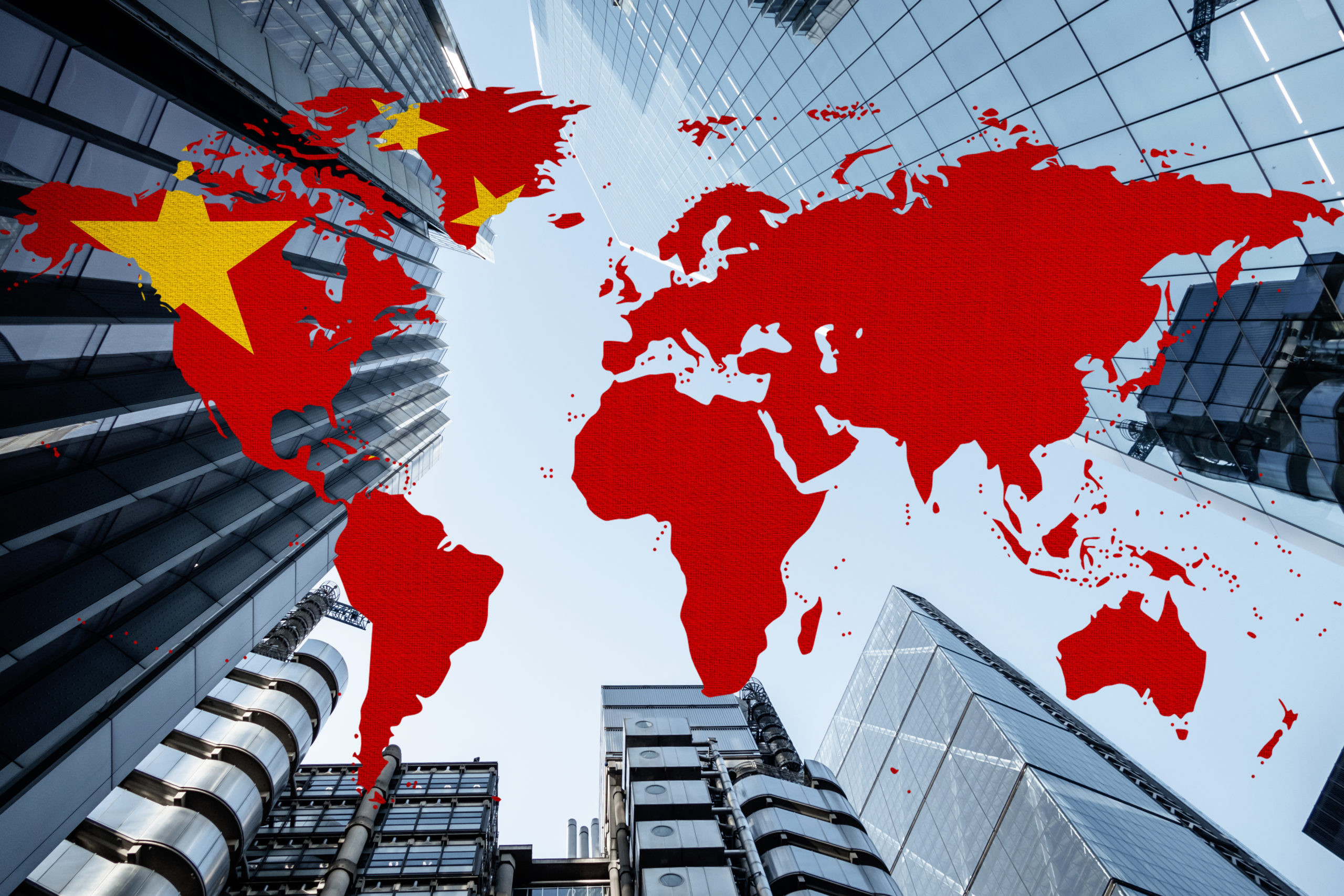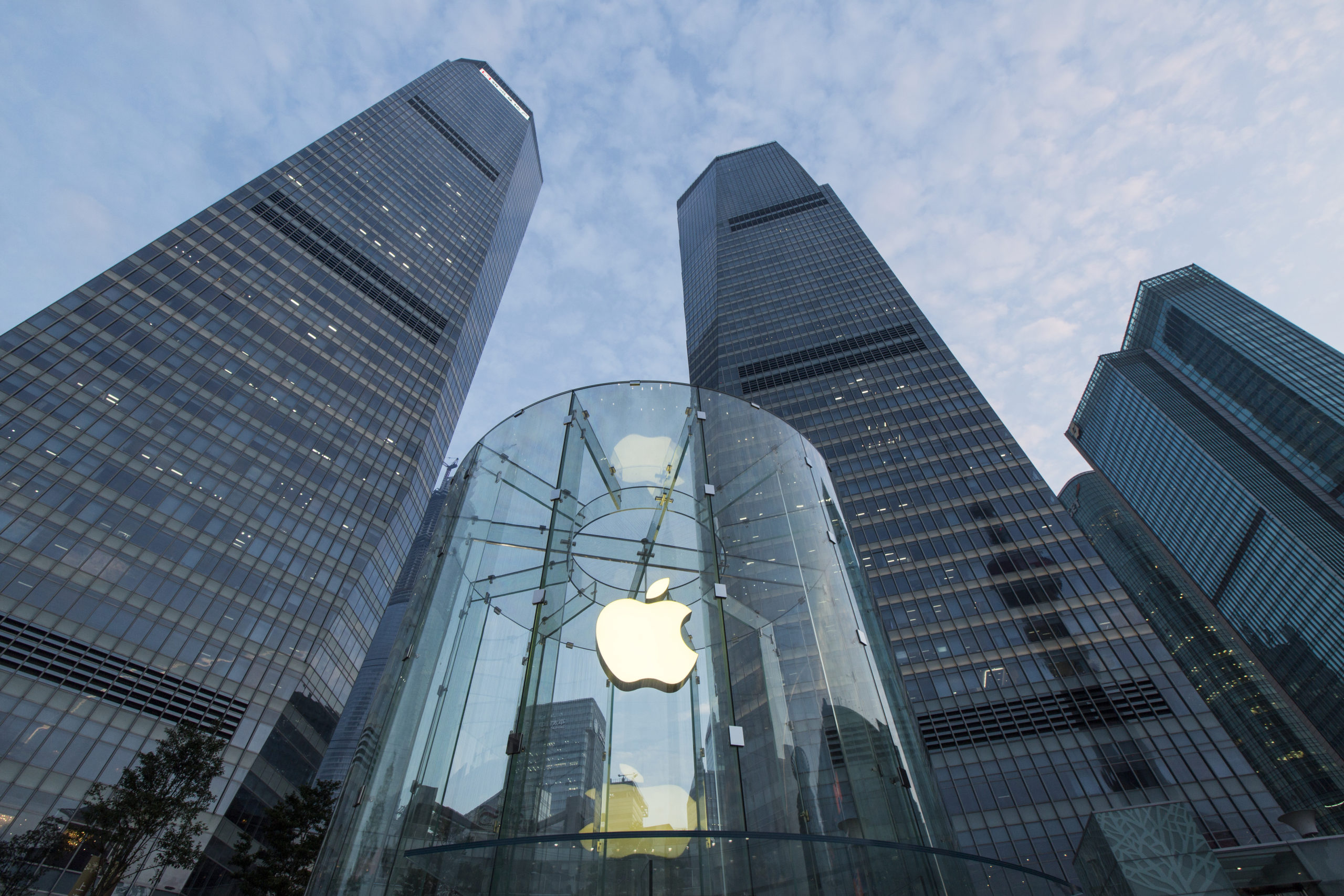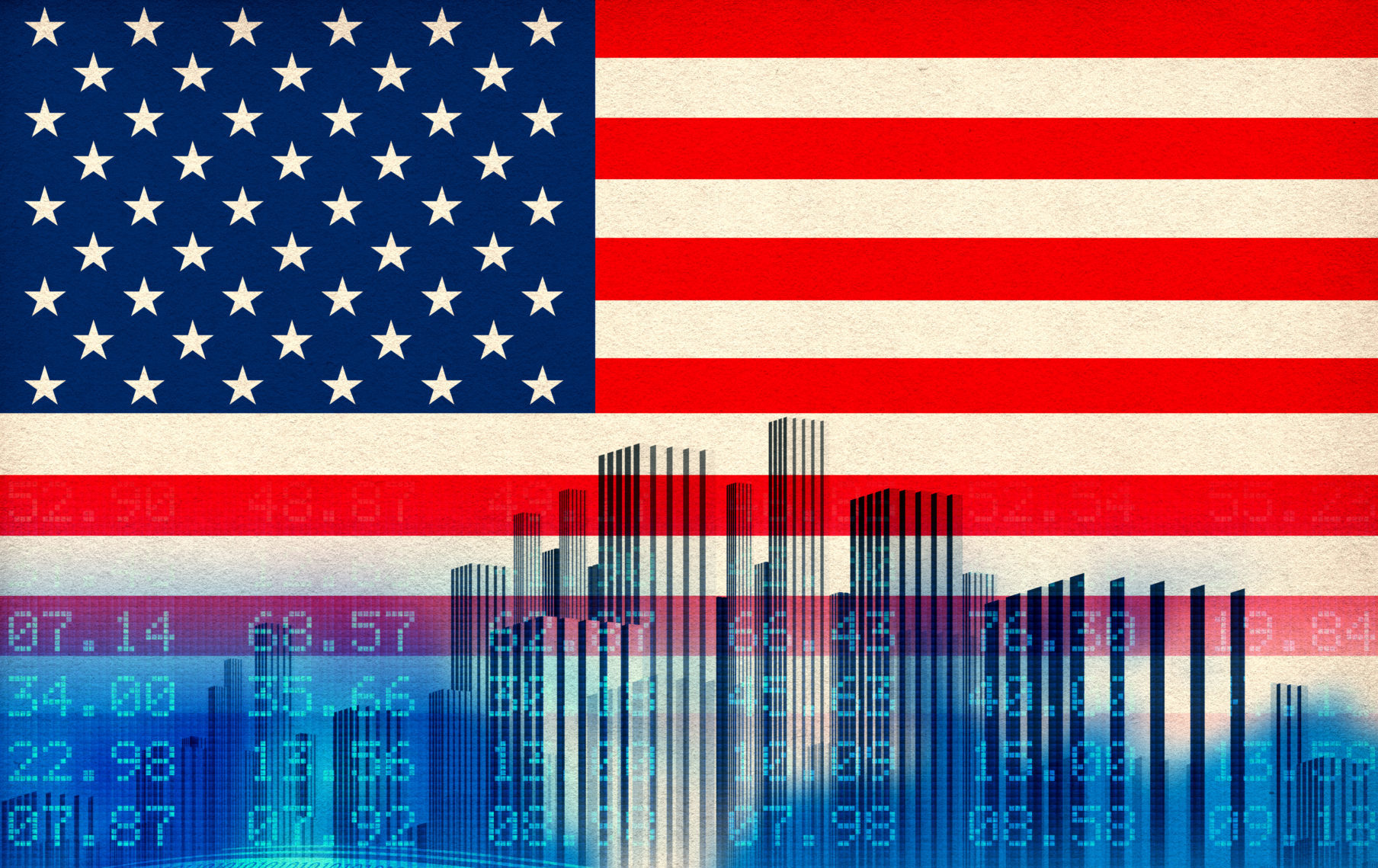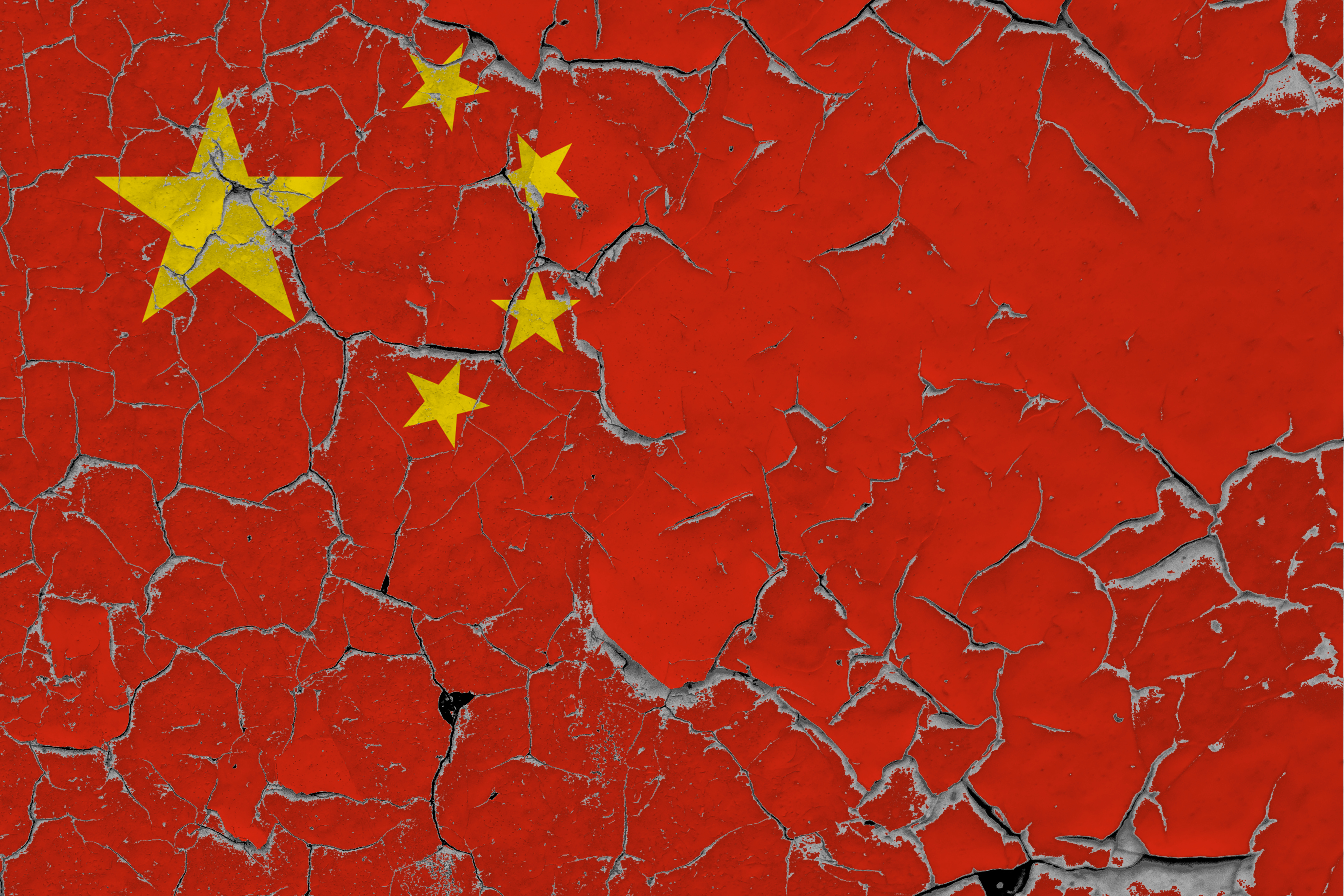Leaders in tech, industry, and government systematically turn American innovation against America.
The Market’s Border Crisis

Revitalizing the American industrial base requires moving beyond globalization.
American economists and policymakers dug our nation into its current industrial hole by failing to notice that the world has changed. For economists, it’s forever the 1770s, when Adam Smith observed that investors, “preferring the support of domestic to that of foreign industry” and “directing that industry in such a manner as its produce may be of the greatest value,” would be “led by an invisible hand to promote” the public interest.
Or else it’s the 1960s, when Friedrich Hayek professed his faith that the “self-regulating forces of the market will somehow bring about…some necessary balance, between…exports and imports.” For free-market policymakers, it’s still 1980, and nothing’s wrong with the economy that a good dose of tax cuts, deregulation, and free trade won’t cure.
In fact, globalization has created an economy in which wildly imbalanced flows of goods and capital, distorted intentionally by policymakers abroad with no interest in the values of democratic capitalism, place the pursuit of profit at odds with the national interest. America does not benefit when its corporations offshore production in search of foreign subsidies and exploitable labor, no matter how much profits rise. Nor can America’s industrial commons thrive when the first move upon developing a new product in an American lab is to determine which Asian country has the best ecosystem for bringing it to scale.
So while I agree with David Goldman’s assessment of the challenges that America faces in a globalized economy against a much larger peer-competitor in China, I cannot agree with his suggestion that “we have nothing to learn: we only need to remember,” and that “we only have to dust off the old ideas and get the band back together.” Not that there’s anything wrong with the oldies—we do need modern moonshots to spur problem-solving by engineers, and our Department of Defense must start pushing the envelope on physics in pursuit of dual-use technologies. But on their own, such engines of innovation will fail to reenergize domestic industry.
Just imagine if the Apollo program or DARPA were spinning out their gizmos and gadgets in the 2010s. Goldman writes that government “got entrepreneurs to commercialize these things not by betting on the entrepreneurs, but by covering the costs of the fundamental research. That’s it.” But that’s not it. Implicit in the success of funding the research was the promise that entrepreneurs commercialized these things in America, investing in American production capacity, building the skills and expertise of American process engineers, and entrenching American supply chains.
In the 1960s, we could take all that for granted and leave it unsaid. Today, thanks to decades of U.S.-led and -celebrated globalization, the process looks different. We can generate world-beating innovation, we can even hand the intellectual property to U.S.-domiciled corporations run by American executives, but commercialization and production will still happen across the Pacific, with the finished goods shipped back to us, for which we pay as a nation by handing over assets and going further into debt.
We can and should strive for better innovation policy, but the central challenge for policymakers is to counteract globalization’s corrosive effect on our system of free-market capitalism. So long as we treat the whims of the Chinese Communist Party as just another market force, our market will not behave in the accustomed way or deliver the accustomed prosperity. Adopting free trade in pursuit of a “free market” has the opposite effect, corrupting our market with heavy-handed policies from abroad that siphon away the benefits of our innovation and create incentives for our corporations to pursue profit in ways that harm the national interest.
One part of the answer is industrial policy—channeling investment toward the uses most valuable to the nation. Goldman calls for this, but beyond mentioning a price tag of $1 trillion and a timeframe of ten years, he never explains what it would entail. Is the idea to spend that much subsidizing domestic investment? To leverage some smaller set of subsidies into that much private investment? In which industries?
Industrial policy isn’t free, but neither is spending gobs of money the point. Rather than placing government in control of investment, effective industrial policy alters market rules so that investments important to the nation become more attractive to market participants. Direct public spending should focus on supplying the public goods that are prerequisite to private investment, augmenting private investments that meet broadly applicable criteria, or financing speculative projects that cannot attract private capital. An appreciation of the market’s benefits and the government’s limitations distinguishes sensible industrial policy from the progressive formulations that hand responsibility for allocating resources and building enterprises over to bureaucrats.
And while industrial policy has its place, it will not overcome globalization’s pressures on its own. To create the market conditions in which domestic innovation fuels domestic industry (which is itself vital to further innovation), policymakers should foreclose the alternative. A number of tools—a global tariff, a market access charge, or an import certificate—would have the effect of making domestic production relatively more attractive, all the way to the point where trade comes into balance and we export as much as we import. We would still buy from abroad, but only in proportion to what the world buys from us, and only those things for which foreign producers had the largest insurmountable advantages.
That might seem a heavy-handed intervention, but it’s simpler, less intrusive, and more effective than the tangle of multilateral agreements needed to make globalization work, the countervailing policies needed to offset unfair practices abroad, and the ever-growing safety net needed to compensate everyone left behind. Require balanced trade, and the assumption that innovation begets industry will once again hold true. Investors and businesses pursuing profit will more consistently advance the national interest as well. China will no longer transmit its economic distortions and authoritarian politics into our market. Given the chance to work, American capitalism can still win.
The American Mind presents a range of perspectives. Views are writers’ own and do not necessarily represent those of The Claremont Institute.
The American Mind is a publication of the Claremont Institute, a non-profit 501(c)(3) organization, dedicated to restoring the principles of the American Founding to their rightful, preeminent authority in our national life. Interested in supporting our work? Gifts to the Claremont Institute are tax-deductible.
Trump’s China policy was working wonders until Fauci and Wuhan derailed it.
But China could.
Xi Jinping’s China faces challenges of its own.




